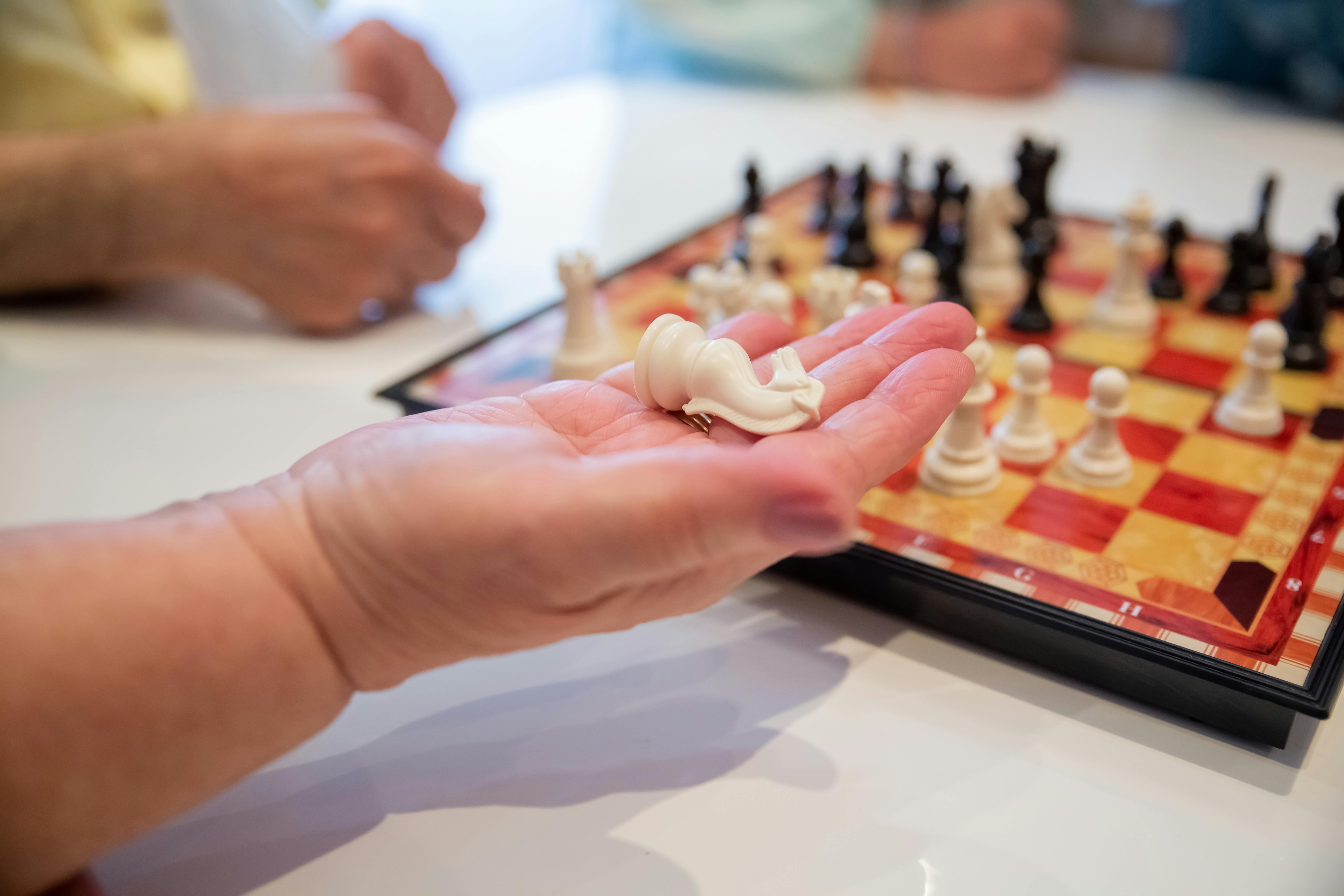
How to Properly Say "How Are You?" in Spanish
Understanding the Importance of Greetings
Greetings form the foundation of cordial interactions and social engagements, especially in diverse cultures. In Spanish-speaking regions, the way you greet someone sets the tone for the conversation that follows. Knowing how to ask "How are you?" can open doors to deeper connections and a better understanding of the people you engage with. This guide provides a comprehensive look into various ways to express this common greeting in Spanish, catering to different contexts and familiarity levels.
Common Spanish Phrases for "How Are You?"
There are several ways to say "How are you?" in Spanish, each suited to different situations and relationships. The most basic and universally recognized phrase is "¿Cómo estás?" which is appropriate for informal settings among friends and peers. In more formal contexts, it's suitable to use "¿Cómo está usted?" for addressing someone respectfully, such as an elder or a professional contact. Additionally, "¿Qué tal?" serves as a casual alternative and is widely used in everyday conversations.
Cultural Nuances in Greeting Practices
Understanding the cultural context behind greetings is crucial when communicating in Spanish. In many Latin American cultures, greetings often include a light physical touch, like a handshake or a hug among familiar individuals. Moreover, the response to "¿Cómo estás?" can vary; people might reply with "bien" (good), "así así" (so-so), or elaborate based on their mood. Being aware of these nuances aids in navigating social settings with grace and respect.
Using Informal Greetings: Best Practices
Casual Expressions for Check-Ins
When it comes to informal greetings, there are several phrases that Spanish speakers prefer. "¿Qué pasa?" translates to "What's happening?" and conveys a friendly, relaxed tone. Another popular expression is "¿Cómo va?" which means "How’s it going?" This phrase is often utilized among younger demographics. Ensuring you adapt your greeting to the context and your relationship with the person you are addressing will enhance the interaction.
Common Responses to "How Are You?"
Knowing how to respond is just as important as knowing how to ask. In response to "¿Cómo estás?" a typical reply is "Estoy bien, gracias" (I am well, thank you). Other options include "Todo bien" (All good) or "No me puedo quejar" (I can't complain), each conveying varying degrees of openness. This exchange not only affirms social etiquette but also encourages further conversation and connection.
Tips for Improving Conversational Spanish
To enhance your conversational skills, practice is key. Engage in dialogues with native speakers, utilize language learning apps, and immerse yourself in Spanish media. Familiarizing yourself with context-appropriate greetings will also help mimic native-like fluency. By practicing these phrases consistently, you’ll build confidence and improve your social interactions in Spanish-speaking environments.
Advanced Greetings: Exploring Variations
Formal Greetings for Business Settings
In professional scenarios, a more formal approach is necessary. Besides "¿Cómo está usted?", you might use phrases such as "Espero que se encuentre bien" (I hope you are well) or "Es un placer verlo" (It's a pleasure to see you). These expressions not only reflect respect but also maintain professionalism during business interactions, fostering positive relationships.
Regional Variations and Their Significance
Spanish-speaking countries boast vast regional diversity, influencing how greetings are expressed. For example, in Spain, "¿Qué hay?" is common, while in Mexico, people may say "¿Cómo andas?" Understanding these regional phrases not only enriches your language skills but also helps you connect with speakers from various backgrounds.
When to Use Each Greeting
Choosing the appropriate greeting requires an understanding of the relationship and context. For instance, while "¿Cómo estás?" is perfect for friends, "¿Cómo se encuentra?" is better for a doctor or authority figure. Recognizing when to switch between formal and informal expressions is essential for effective communication and relationship building.
Q&A: Navigating Common Questions About Greetings
What is the most common way to say "How are you?" in Spanish?
The most common phrase is "¿Cómo estás?" for informal contexts and "¿Cómo está usted?" for formal settings. These expressions are widely understood and used across various Spanish-speaking regions.
How should I respond if someone asks how I'm doing?
Responses can vary from simple "Estoy bien, gracias" (I’m good, thank you) to more detailed answers like "Estoy un poco ocupado" (I’m a bit busy). It’s best to choose a response based on your comfort level with the person.
Are there any cultural taboos regarding greetings?
Yes, it’s essential to be mindful of personal space and context when greeting someone. In many cultures, a handshake or hug is standard among friends, but initiating physical contact with someone you just met could be considered inappropriate.
Conclusion: Mastering Spanish Greetings
Mastering various ways to say "How are you?" in Spanish enhances your ability to connect with Spanish speakers more profoundly. From understanding cultural nuances to practicing inflection and context, this knowledge can transform casual interactions into meaningful conversations. By incorporating these phrases into your daily vocabulary, you'll find yourself confidently navigating through Spanish-speaking environments.

